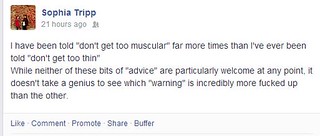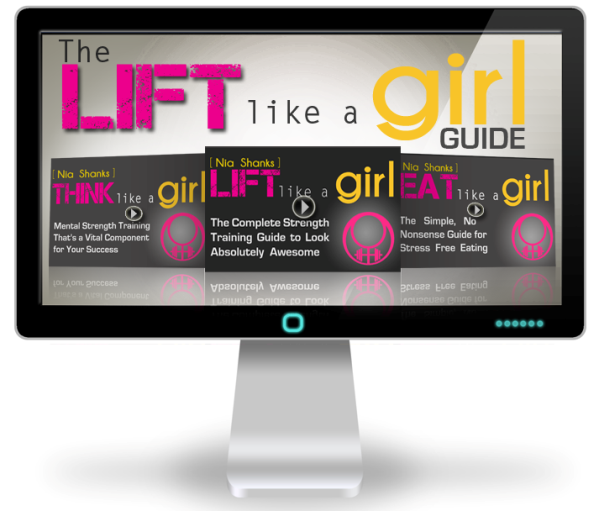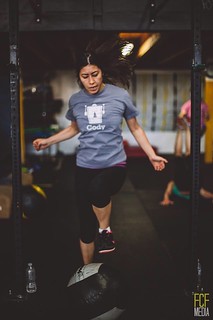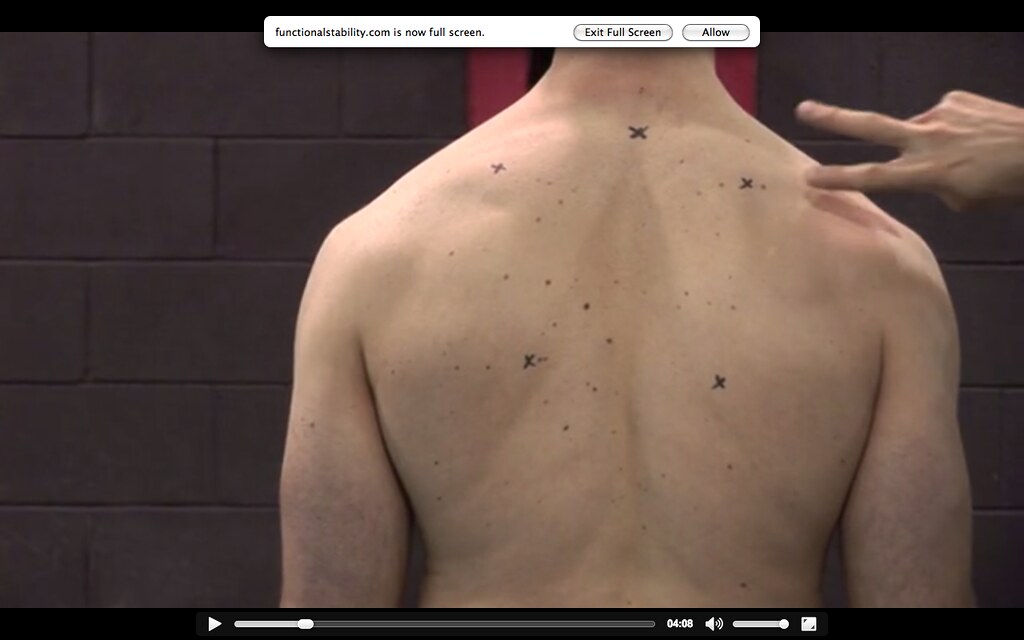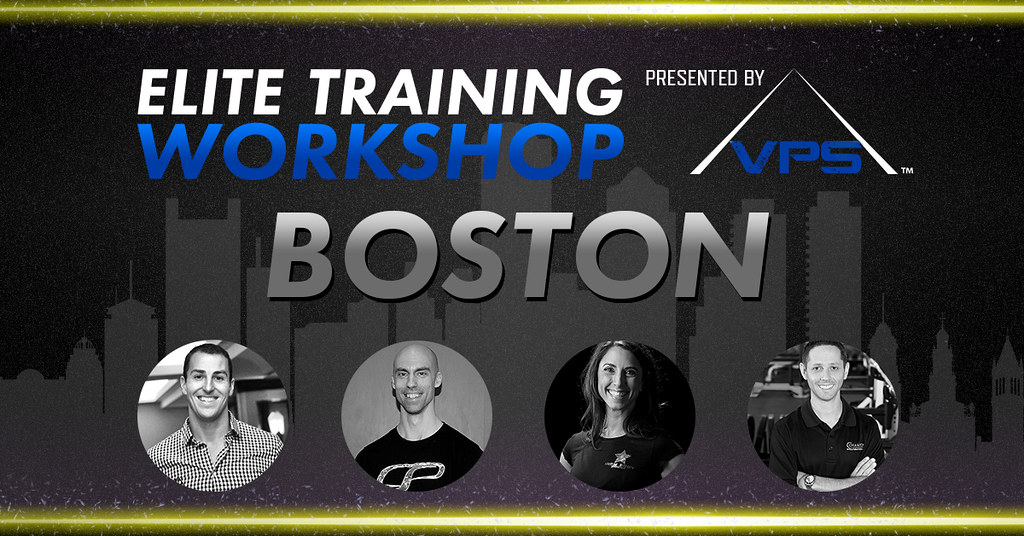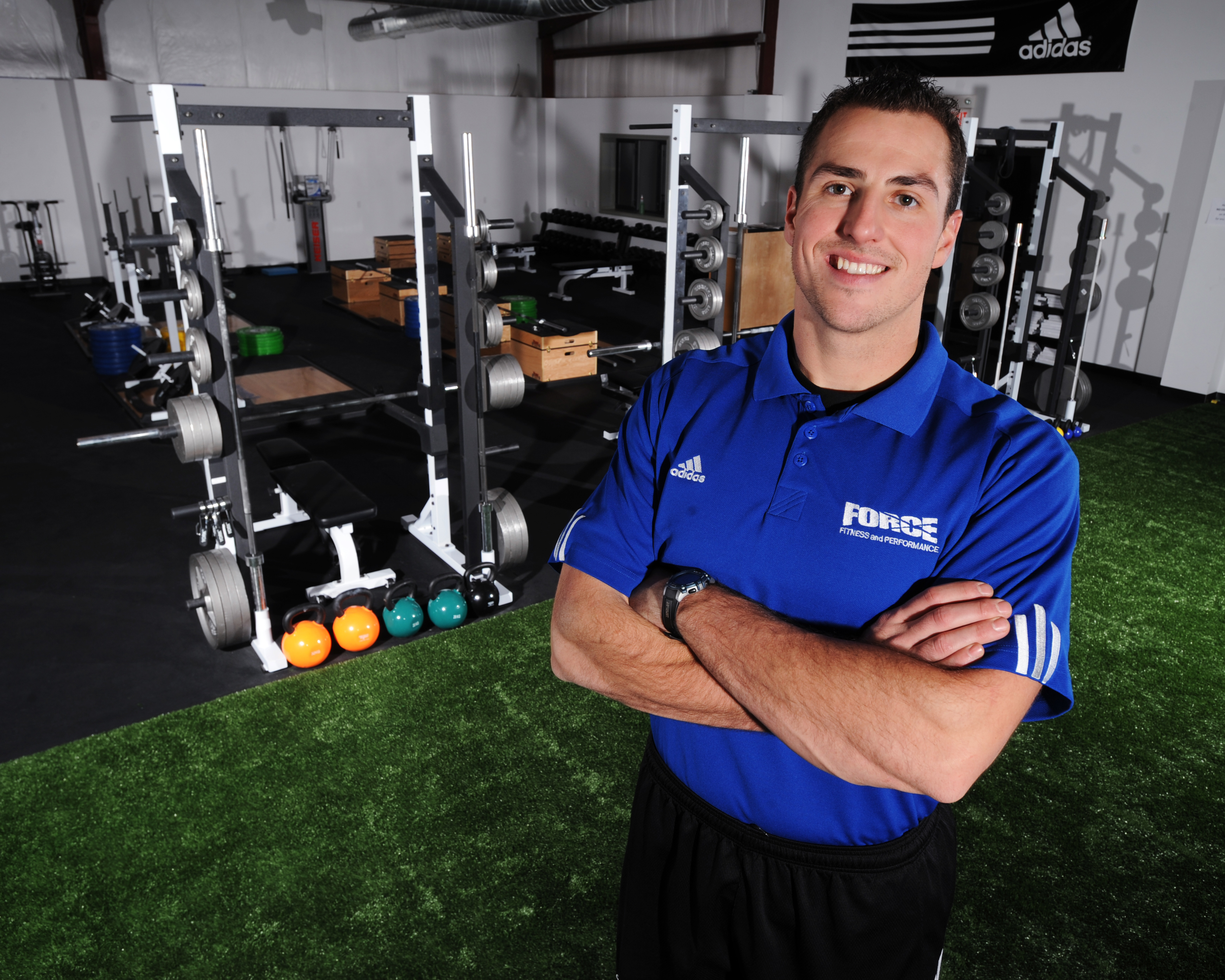Today’s guest post comes courtesy of Dr. Erika Mundinger1, who’s presentation on how to deal with SI joint pain (specifically how ROTATION can help!) at The Fitness Summit a few weeks ago really impressed me.
I asked if she’d be willing to help me out while I was away, and she was more than happy to oblige.
Enjoy!
A couple of years ago, a fellow physical therapist at the clinic where I work asked with a quizzical and concerned look, “What do you think of that Jefferson deadlift everyone is doing at your gym? Lifting and twisting?” My response evoked an even more quizzical look — that in my four years coaching the Jefferson deadlift, I had yet to see someone get hurt.
Now I know that a PT saying it’s OK to lift and twist is bold and brazen. But lets be clear, I’m NOT saying this:
What I am saying is that I’ve seen rotational movements, when trained properly, actually help clients and spine patients get out of pain.
When I see clients and patients with a back injury that results from twisting it’s not necessarily because they were twisting in the first place. Often it’s because they were trying to twist, bend, or reach into a range of motion not available to them.
In layman’s terms, they were trying to move beyond their limits. So, my contention is that instead of avoiding rotation in training, we can find safe ways to use rotation to help get people out of back pain — and potentially prevent back pain at all.
So since we naturally move in to rotation why would we not want to train rotation?
One clear answer is because if we lack mobility we could get hurt lifting in to rotation. But does that mean we should NEVER place a client or ourselves in to these positions? Or should we start training rotation so that when they find themselves in this position again the chance of getting hurt is minimized?

I vote for the latter.
Lets back up for a moment and take a look at how the spine and pelvis move together. When you move for day-to-day functional activities, are you moving in singular, robotic motions? When you squat down to pick up something off the floor are you assuming the same back squat position you do at the gym? Typically one foot is slightly forward, one foot back, the front foot may be more flat on the floor with the other foot raised on to a toe, and there’s a slight twist in the spine and pelvis. In fact our pelvis twists with every single motion we do.
Take a look at walking, for example, as one foot is forward and one foot backward the pelvis sits forward and down on one side and up and back on the other.
The hips, pelvis, and spine move together in a three-dimensional pattern. And as a result we have a three-dimensional system that stabilizes our pelvis as our joints bend and rotate.
Posterior Sling
The posterior sling involves the erector spinae, multifidi, and thoraco lumbar fascia. As they contract, they tilts the sacrum forward and pull upward, locking the SI joints in to place with a vertical force vector.
Posterior Oblique Sling
The posterior oblique sling involves the glute max, glute med, biceps femoris combined with the opposite lat create a diagonal force compressing the SI joint together.
Anterior Oblique Sling
The anterior oblique sling involves the external oblique, internal oblique and transverse abdominis with the oppsite adductors compress the pubic symphysis and stabilize the anterior pelvis.
If we lack mobility, or if we have a muscle imbalance in one or more of these slings, the stabilizing force of our pelvis can neither allow for mobility when we need it, nor stabilize where we need it. This causes more load to be placed on the spine and SI joints, possibly leading to injury.
Now let’s be clear about one thing: If there is a lack of mobility at the pelvis and spine, there is also most likely a lack of mobility at the hips. It would certainly be irresponsible of us to address one area without addressing the other.
However, the beauty of training rotation is that we get to address many of the sticky spots because in a 3-D system, we can’t move one without the other.
As always, if the exercise is uncomfortable, don’t do it. Furthermore, if the exercise feels great on one side but not so great on the other — don’t be afraid to train only one side. Forcing a motion on a side that feels uncomfortable will also cause injury.
Typical question: “But won’t I be uneven?” My typical response, “You’re already uneven, which is why we are now having this little chat.”
Here is an example of someone who trained Jeffersons with the intent of improving motion. Upon first attempting Jeffersons, one side felt great while the other side, well, not so much.
When looking at spine, pelvic, and hip motion we could see that an underlying scoliosis was one contributor to the problem. So he trained Jeffersons on just the side that felt comfortable. With time, as motion started to improve on that side, so did motion on the other and gradually he was able to perform the movement on both sides. The results were very impressive.
Not only did his general strength in rotational patterns improved, but so did the position of his spine. (photo reprinted curtesy https://www.dellanave.com/follow-your-body-to-better/)
So how do we do this?
Obviously if there is an imbalance, and certainly if there is a pre-existing injury, the last thing we are going to do is perform a loaded rotational movement. It is no secret that rotation places more load on the facet joints and requires more work from muscles increasing torque. But if we start with the motion itself, unloaded, or lightly loaded, with modifications were necessary, we build a solid platform on which progression can occur.
More Rotational Deadlifting
As Tony mentioned in a previous post, rotational deadlifts challenge the transverse plane of mobility, not to mention help fire up those oblique slings we use for diagonal stability. But what if it hurts to this, or you don’t have mobility to do this?
The above video is a great modification for beginners of this motion or those who have some trepidation in approaching this movement.
Valslide Curtsy Lunges
Don’t feel limited to rotational picking-up of things. Rotational lunges also provide a great opportunity to gain motion, not to mention they are a good butt burner.
After I taught this exercise at the Fitness Summit, a comment I received a lot via email/text/twitter from the attending trainers was “My clients love to hate this motion.” They love it because it feels so good, but hate it because the glutes are on fire, but then love it again because the glutes are on fire.
I have seen those with SI dysfunction quickly relieve symptoms performing this movement, even unloaded.
And Of Course the Jefferson
This is such a great exercise because it really caters to where our asymmetries in the pelvis may be.
You can stagger your stance if deadlifting with an even stance is hard. You can reduce shearing forces on the SI joint that can occur with single plane deadlifts because ALL three slings are engaging. And it reduces torque on the spine that a conventional deadlift can create because the load is directly under your center of mass, not in front of it.
David Dellanave of the Movement Minneapolis has great coaching and training tips HERE.
Summary
Ready to start twisting?
The first step is: Don’t be afraid to play around with rotational movements. Pick some exercises you already know and like, then start by staggering the stance a bit, or add even a few degrees of rotation. Follow what feels good.
Disclaimer: These are not exercises to push through, and this is not the time to pick the heaviest weight so you can look strong or boost your ego. That will lead to trouble — trust me. There are very safe ways to do this. If done mindfully, clients can gain not only improved mobility, but overall strength within that mobility. As always, listen to pain, don’t push past your current range of motion, and start where you are, and not where you want to be.
About the Author
 Erika Mundinger is a licensed Physical Therapist and a board-certified orthopedic specialist working in the Twin Cities area. She practices orthopedics and sports medicine with advanced training and practice in manual therapies, corrective and functional exercises, and treatment of spinal disorders. She works at TRIA Orthopedic Center, the Twin Cities’ premier ortho clinic, treating athletes from professional to “weekend warrior” levels as well as general orthopedics and is a member of the clinic’s Spine Team, helping to better advance patient access to professionals specialized to manage care of spinal disorders and injury.
Erika Mundinger is a licensed Physical Therapist and a board-certified orthopedic specialist working in the Twin Cities area. She practices orthopedics and sports medicine with advanced training and practice in manual therapies, corrective and functional exercises, and treatment of spinal disorders. She works at TRIA Orthopedic Center, the Twin Cities’ premier ortho clinic, treating athletes from professional to “weekend warrior” levels as well as general orthopedics and is a member of the clinic’s Spine Team, helping to better advance patient access to professionals specialized to manage care of spinal disorders and injury.
In 2002 she received her B.S. in Exercise Science from Montana State where she was involved in exercise physiology research and outdoor sports. In 2007 she received her Clinical Doctorate in Physical Therapy at the Mayo Clinic. She will receive a board certification as an Orthopedic Specialist in March 2015.
Mundinger is also an active member, coach, and physical therapist at the Movement Minneapolis and is trained in the Gym Movement Protocol. She actively applies this biofeedback training with clients and her own patients. She also works with several trainers outside of the Movement to help bridge the gap between physical rehabilitation and returning to fitness and recreation.





